Greenland, a vast, ice-covered expanse, has some of the world’s most isolated and
fascinating settlements, each offering unique glimpses into traditional Inuit culture
and modern Arctic life. These remote villages along dramatic fjords and icy
coastlines provide adventurous travelers with authentic experiences far from the
usual tourist routes.
From centuries-old hunting communities to settlements adapted to climate change,
each destination narrates compelling stories of survival and adaptation in one of
Earth’s most challenging environments.
Kulusuk, East Greenland Coast
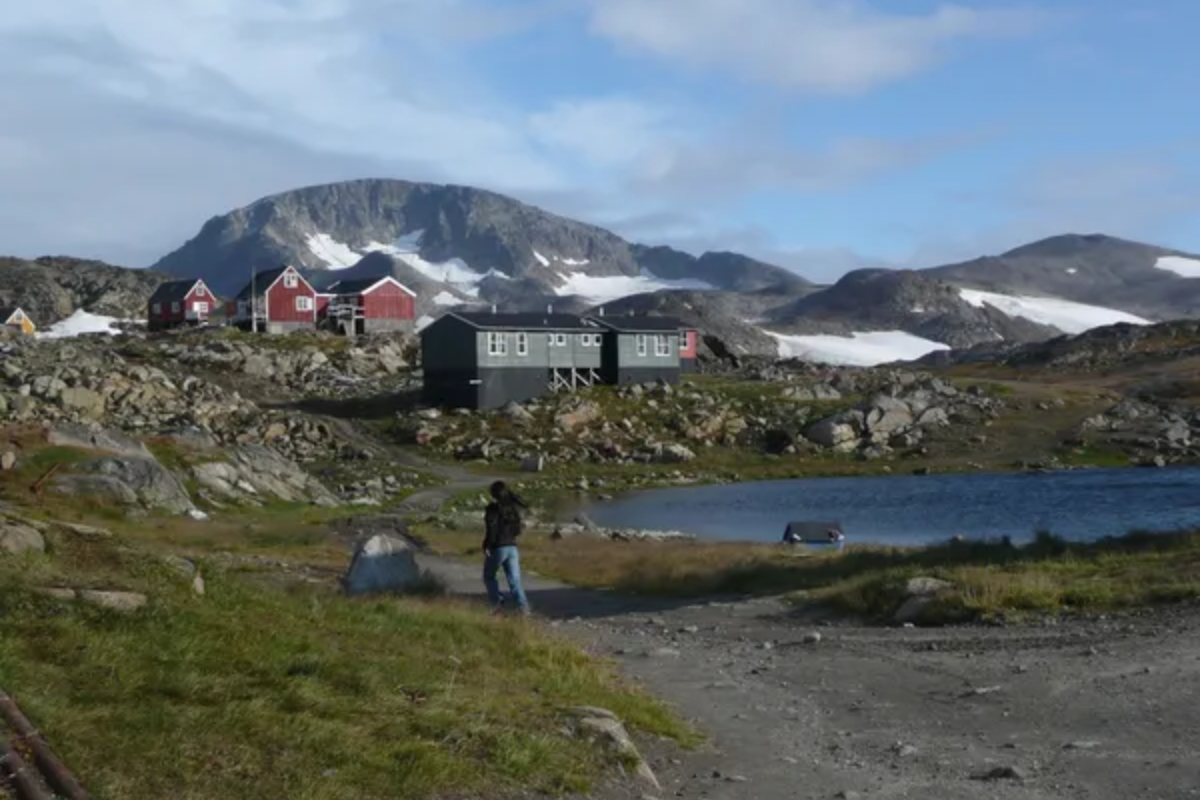
This traditional hunting village is on a rocky island east of Greenland, through which
one must pass to see the fabulous fjord system. Its colorful wooden houses contrast
nicely against the stark Arctic landscape.
Meanwhile, the local artisans continue an old, centuries-long tradition of producing intricate tupilak carvings. Visitors will see traditional drum dances and experience some of that warm Greenlandic hospitality while visiting this critical cultural hub.
Ittoqqortoormiit, Liverpool Land
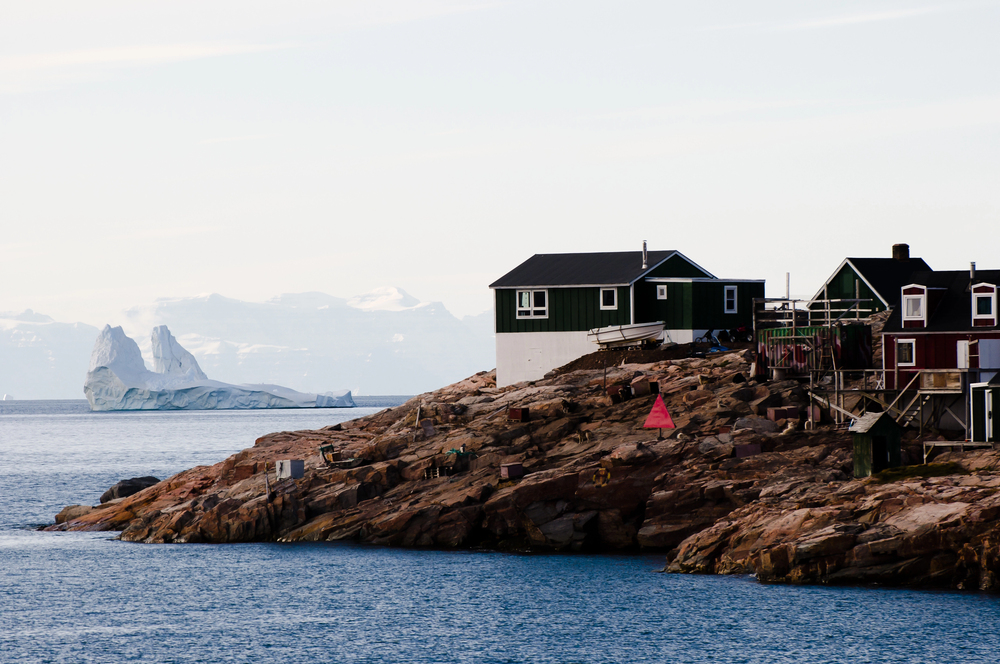
Situated at the entrance of the world’s largest fjord system, this remote settlement of
350 inhabitants maintains strong hunting traditions while embracing modern
amenities. Residents hunt polar bears, seals, and whales using traditional methods
passed down through the generations, but they also operate modern facilities,
including a heliport and weather station.
The village offers unparalleled access to Scoresby Sound, where great icebergs drift silently past colorful wooden houses.
Like Travel Pug’s content? Follow us on MSN.
Kangerlussuaq, Western Territory

Nestled at the head of a 118-mile fjord, this former American air base has become a
crucial gateway for scientific research and Arctic tourism. The settlement’s unique
inland location provides access to the Greenland ice sheet and offers some of the
country’s most stable weather conditions.
The surrounding tundra hosts abundant wildlife, including muskoxen, reindeer, and Arctic foxes.
Uummannaq, Heart-Shaped Mountain
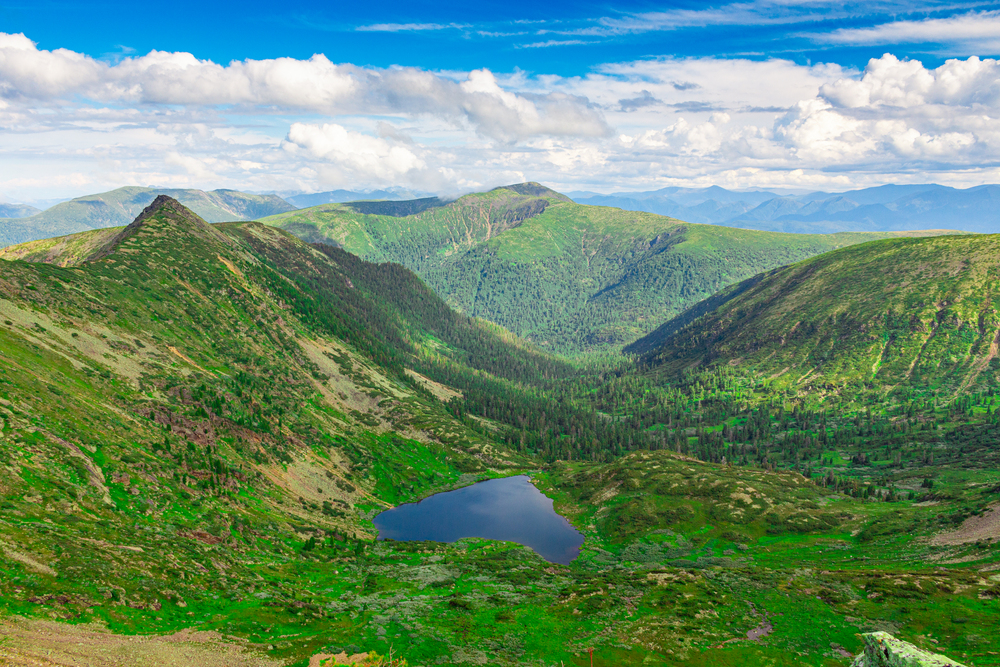
This is the quintessential example of what traditional Greenlandic life seems to be as
it settles on a small island covered by a heart-shaped mountain. The people here still
engage in ice fishing during the winters, maintaining their cultural and musical
aspects through dance and music in the community.
The kids’ home village has been recognized abroad for its innovativeness in combining educational programs that preserve culture.
Qaanaaq, High Arctic Region
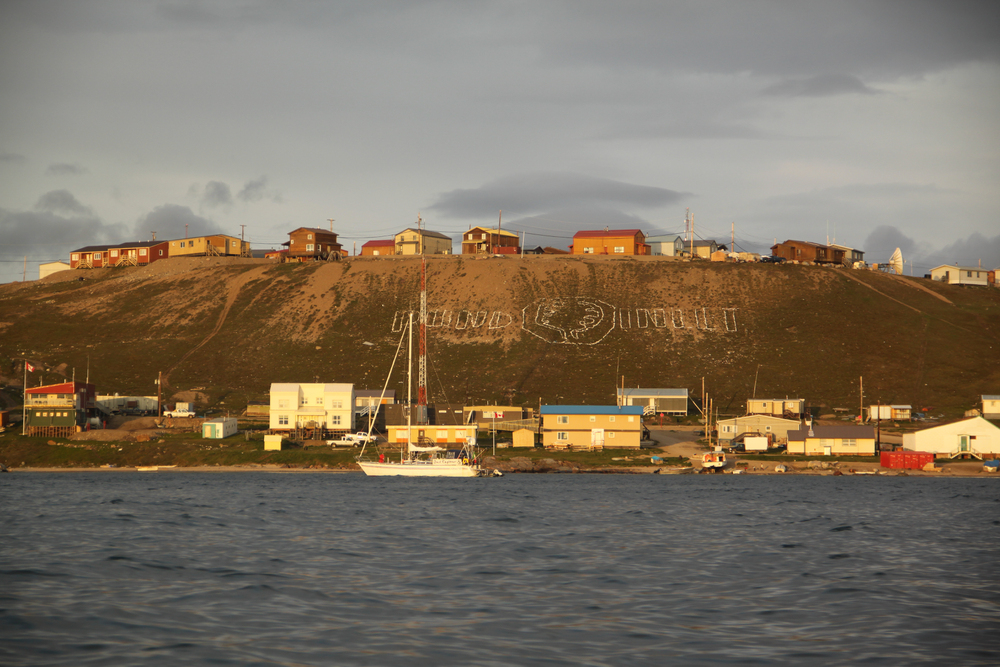
This is the northernmost settlement in Greenland, experiencing midnight sun for four
months a year and polar darkness for four months a year. The community’s hunters
still use traditional kayaks and dog sleds to hunt seals and narwhals.
Their customs stretch back thousands of years, and the village thrives with a rich and vital arts community known for the distinctive textile work and bone carvings made here.
Like Travel Pug’s content? Follow us on MSN.
Tasiilaq, Ammassalik Island
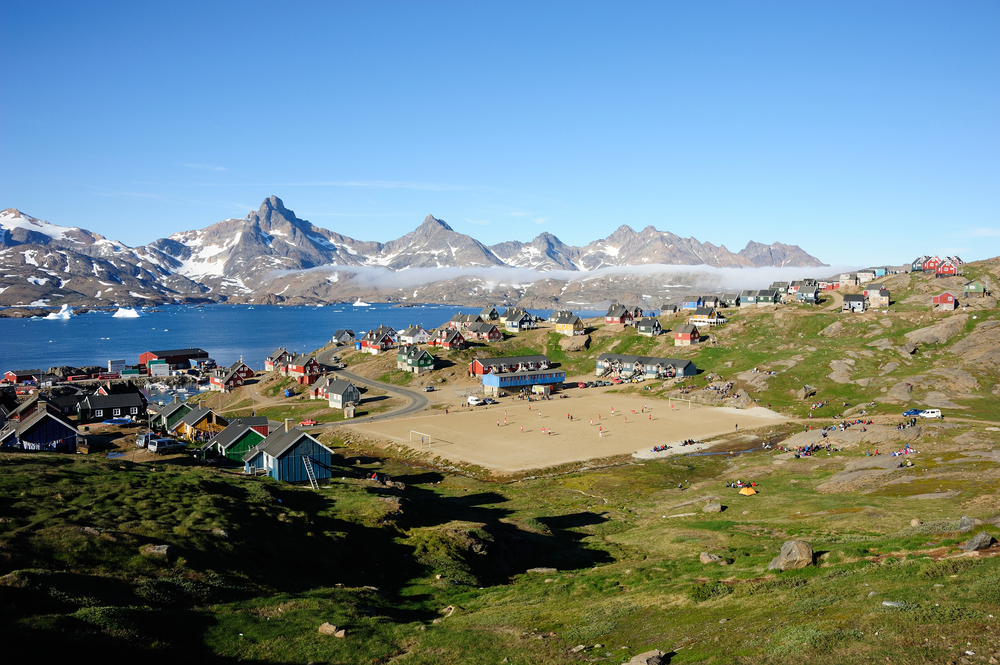
The largest settlement in East Greenland serves as a vital cultural and economic hub
for the region’s scattered communities. Traditional drum dancers and mask makers
continue their ancient practices here, while modern artists create contemporary
works inspired by their Arctic environment.
The village’s position among steep fjords and towering mountains provides exceptional hiking and whale-watching opportunities.
Qeqertarsuaq, Disko Island
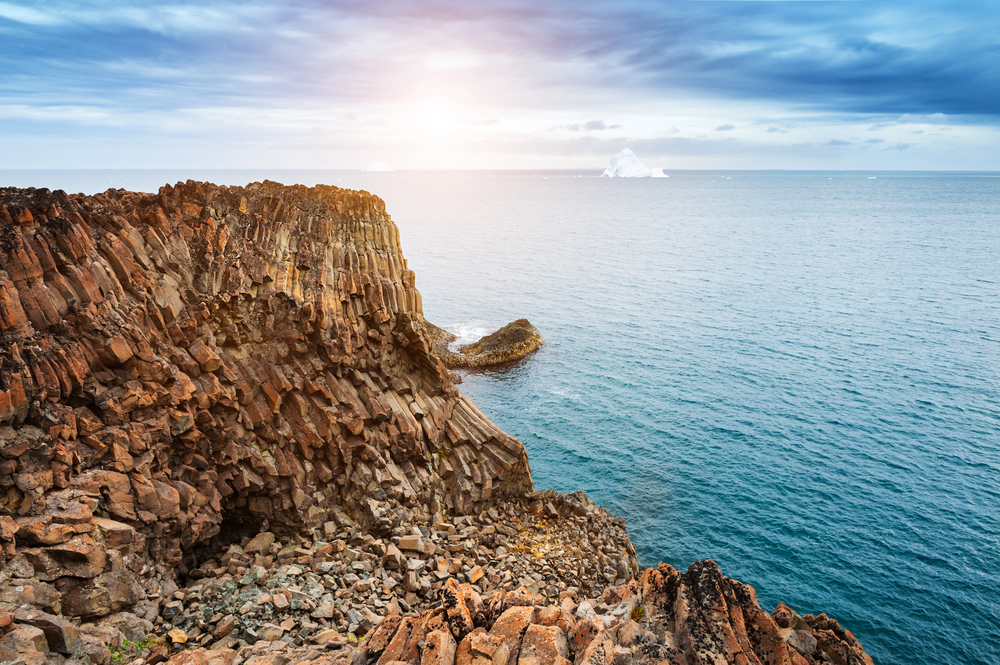
Located on the southern coast of Disko Island, this settlement offers unique
geological features, including hot springs and ancient basalt formations. The village
maintains a strong whaling tradition while hosting modern research facilities studying
Arctic marine life.
Its position near the ice-free waters of Disko Bay makes it an important center for studying climate change impacts.
Ilulissat, Disko Bay
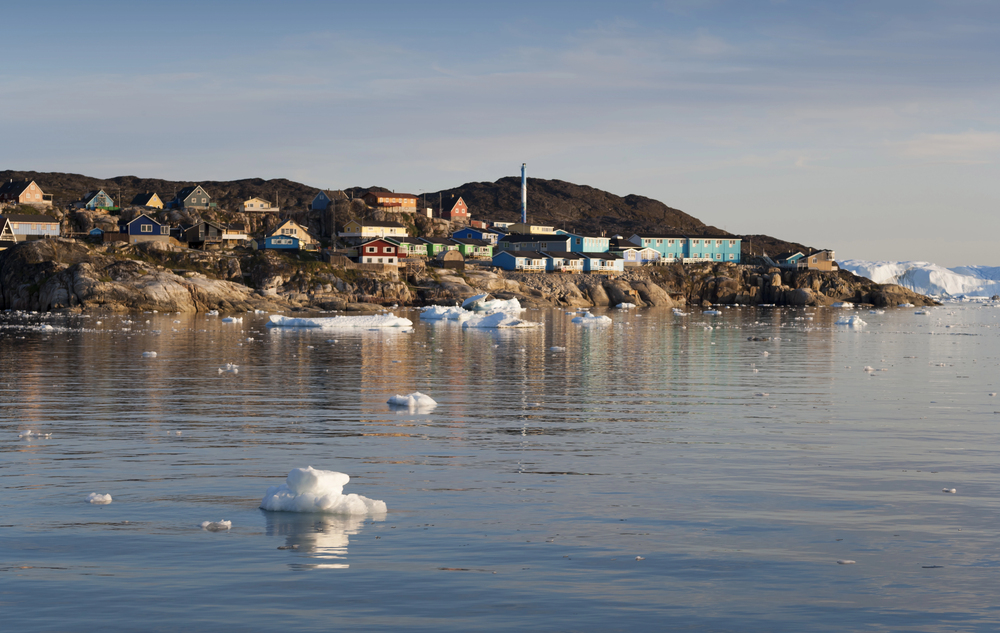
This UNESCO World Heritage site sits beside the world’s most productive glacier,
where massive icebergs calve into the bay throughout the year. Local fishermen
navigate their boats through ice-choked waters using knowledge passed down
through generations while maintaining a thriving fishing industry.
The settlement successfully balances traditional practices with modern tourism infrastructure.
Like Travel Pug’s content? Follow us on MSN.
Siorapaluk, Northwest Coast

As one of the world’s northernmost naturally inhabited settlements, this village
preserves ancient hunting traditions while adapting to rapidly changing Arctic
conditions. The community maintains a strong dog-sledding culture, with most
families owning teams for hunting and transportation.
Despite its extreme isolation, the village supports a small school and health clinic, ensuring viability.
Nanortalik, Southern Tip
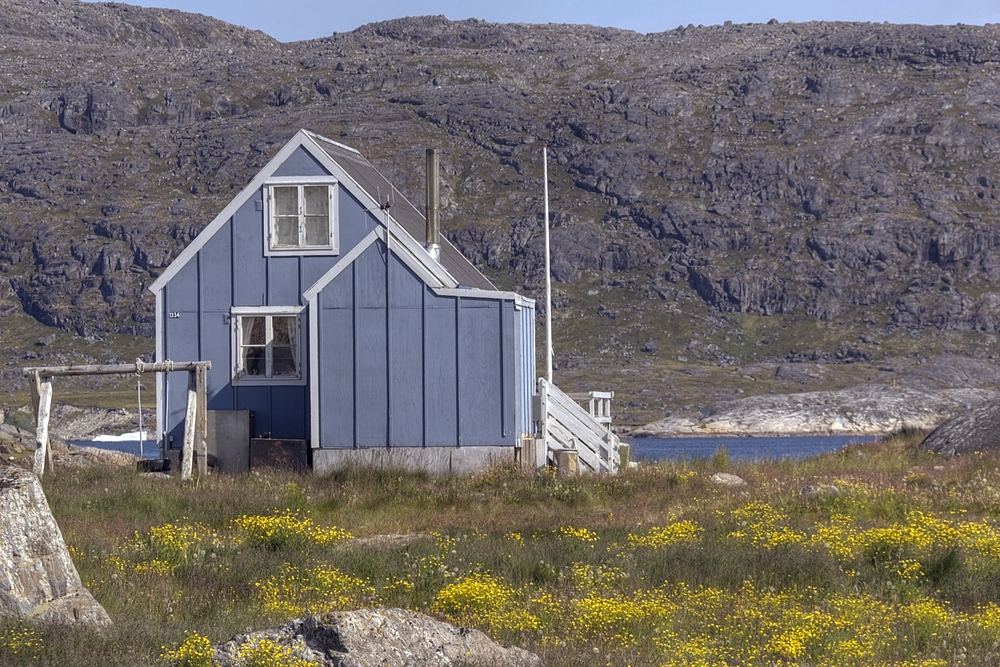
It is the southernmost town with a peculiar blend of Norse and Inuit cultures. The
open-air museum in the settlement preserves Umiaq boats and hunting equipment.
The local guides also share stories about their ancestors’ interactions with Viking
settlers. Present-day rock climbers find the peaks a new history for this region.
Kangaatsiaq, Western Shore
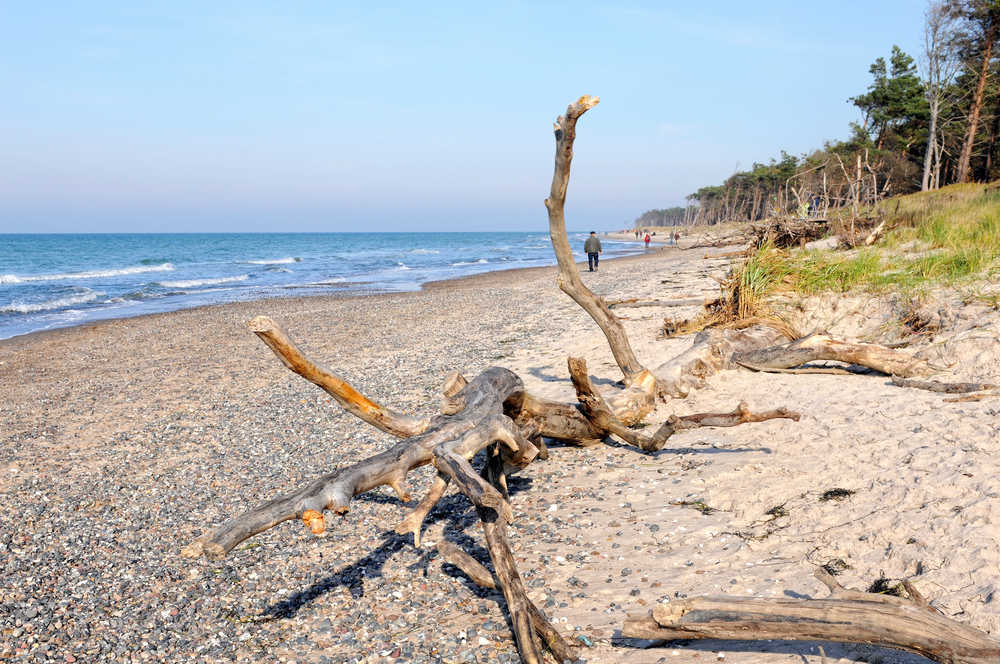
This fishing community retains traditional practices while embracing sustainable
development initiatives. The village runs a thriving fish processing facility
incorporating traditional knowledge and modern technology.
Local artists produce unique jewelry using local materials, contributing to the economic diversity of the settlement.
Like Travel Pug’s content? Follow us on MSN.
Niaqornat, Nuussuaq Peninsula
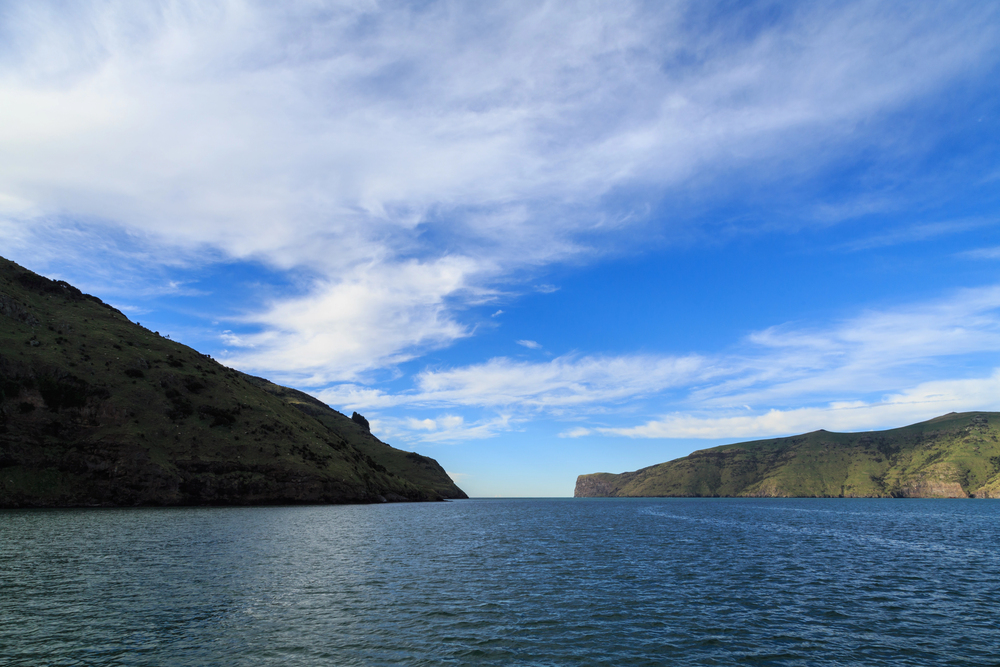
This small settlement of less than 50 people shows surprising strength in maintaining
traditional livelihoods. The community recently opened a cooperative store to ensure
its economic future but continues living off subsistence hunting practices.
The village is remarkably small, yet it remains an active cultural center where traditional music and storytelling can be heard.
Savissivik, North Star Bay
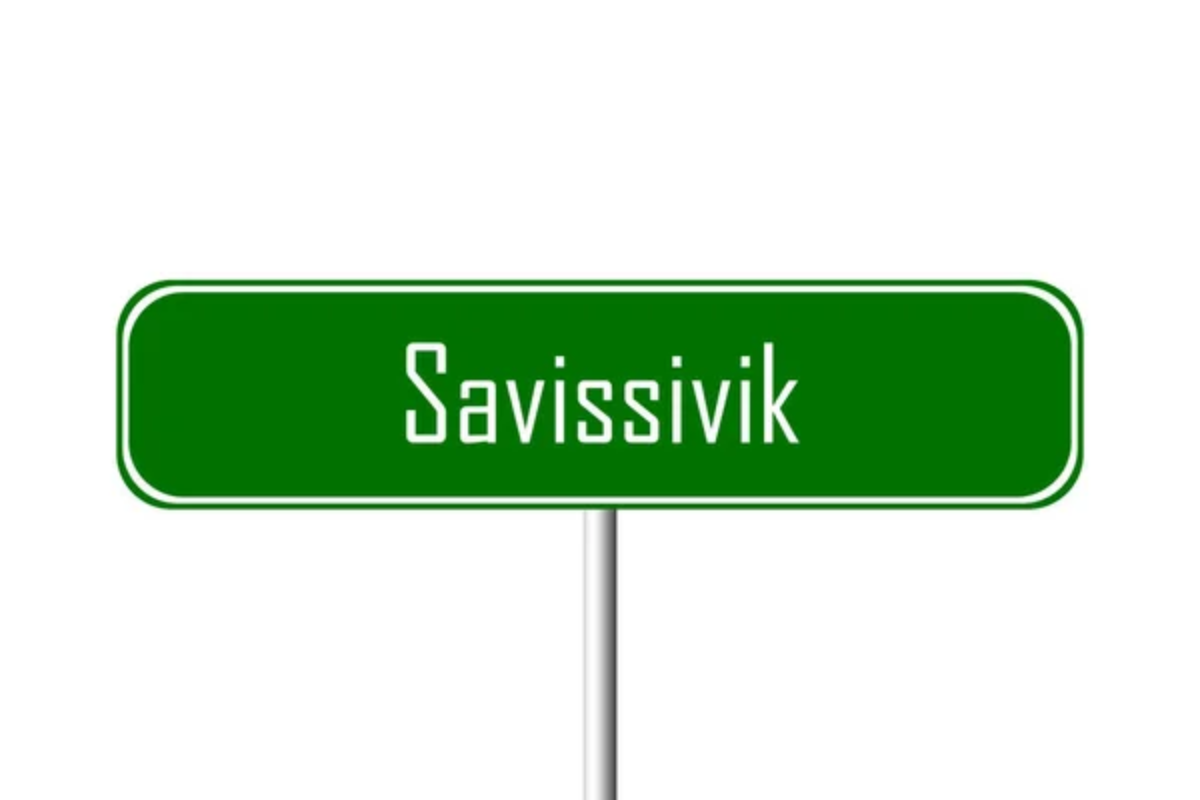
This settlement, located near ancient meteorite impact sites, connects modern
scientific research with traditional knowledge. Local hunters still use traditional
methods to track narwhals and seals in the surrounding waters.
The village’s unique location provides opportunities to study celestial phenomena and marine ecosystems.
Kullorsuaq, Melville Bay
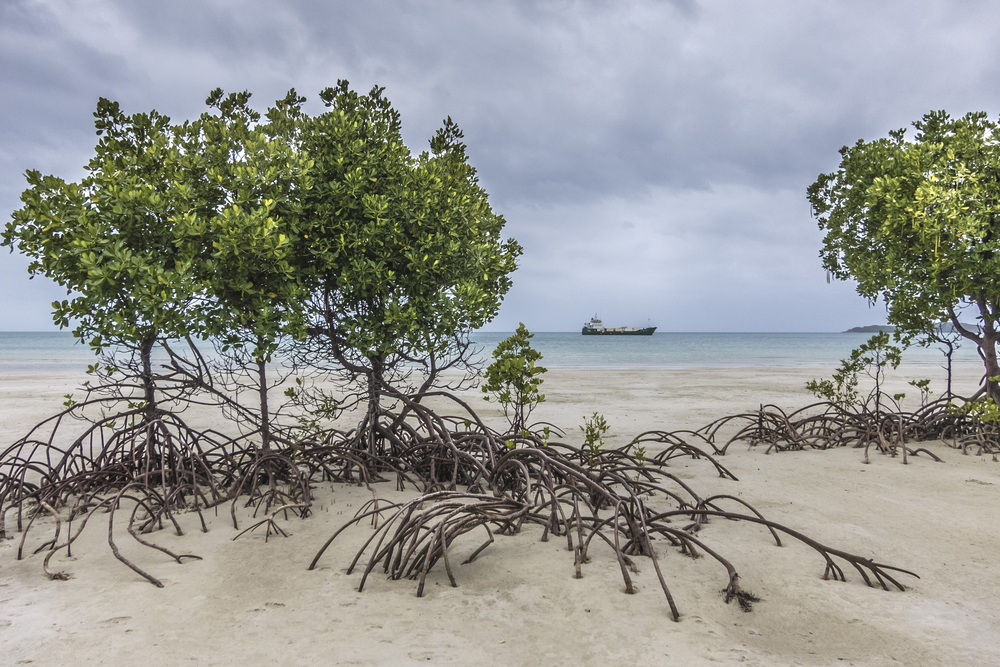
Named after the distinctive mountain resembling a thumb, this settlement maintains
strong ties to traditional hunting practices. The community operates a successful
sealskin processing facility that combines traditional techniques with modern
methods.
Local elders continue to pass down ancient navigation skills used for hunting in the challenging waters of Melville Bay.
Like Travel Pug’s content? Follow us on MSN.
Aappilattoq, Prince Christian Sound
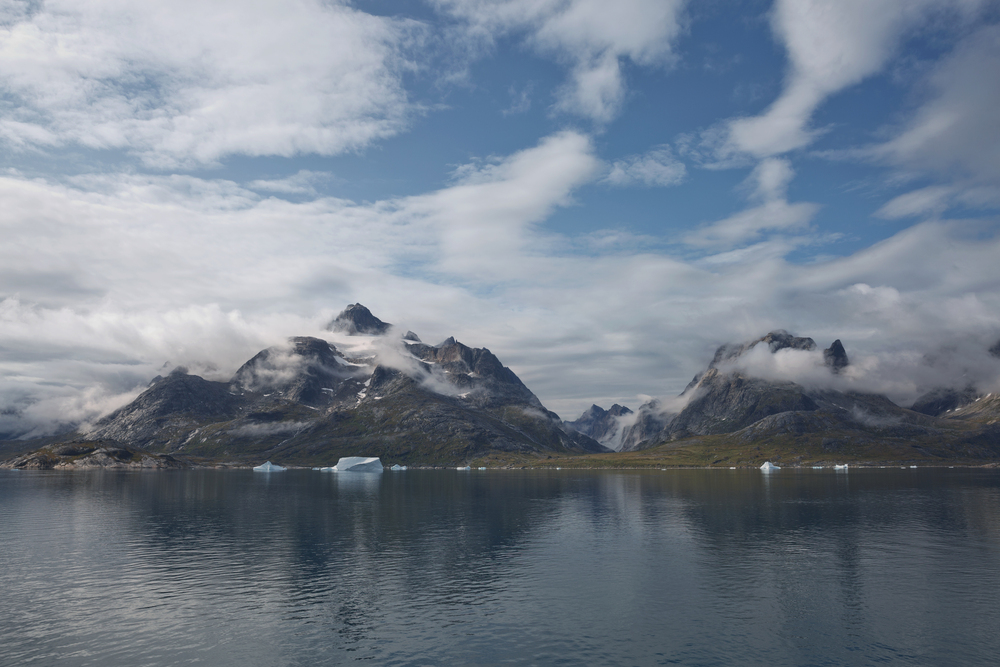
Nested among towering peaks, this settlement offers dramatic views of glaciers
meeting the sea. The village’s hunters navigate Greenland’s most challenging waters
using traditional knowledge and modern technology.
Despite its isolation, the community maintains strong cultural traditions through regular festivals and gatherings.
Sermiligaaq, East Coast Fjord
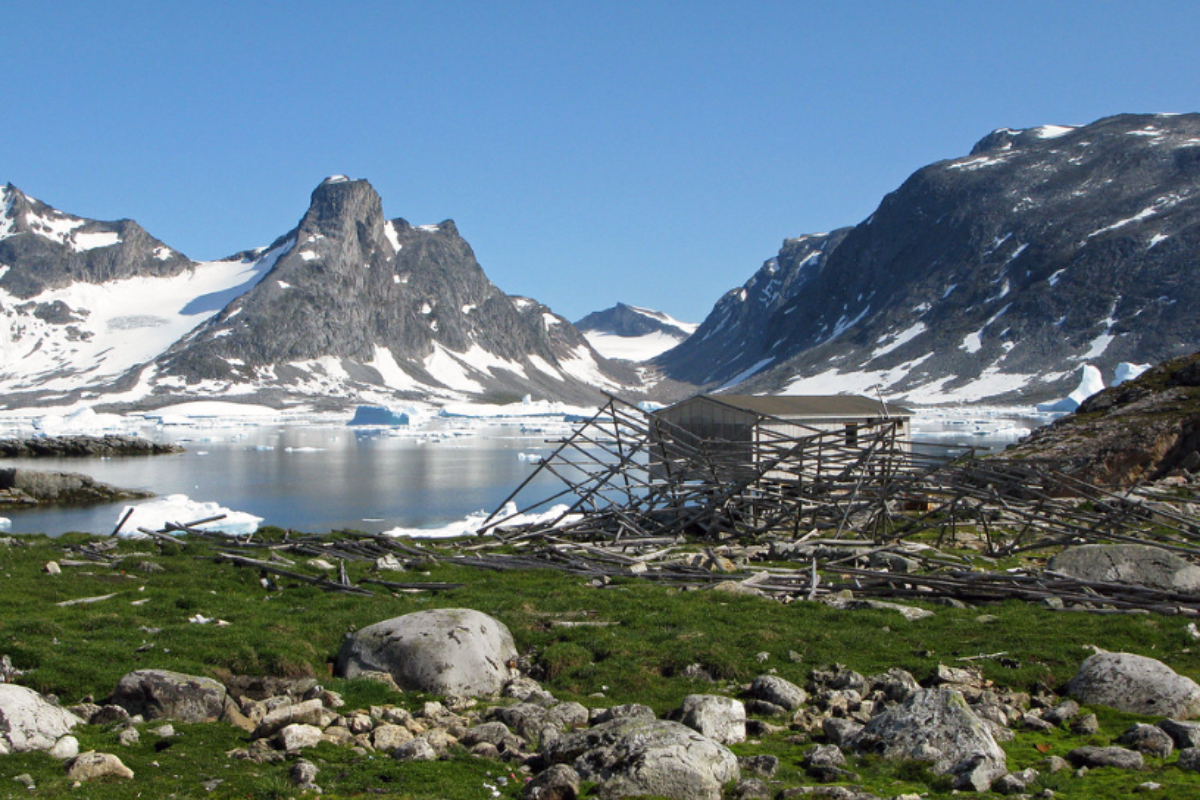
This settlement’s name means ‘the beautiful glacier-filled bay,’ reflecting its stunning
natural setting. The village preserves traditional fishing methods while adapting to
changing ice conditions affecting local marine life.
Community members maintain ancient knowledge about weather prediction through careful observation of natural phenomena.
Qassiarsuk, South Greenland
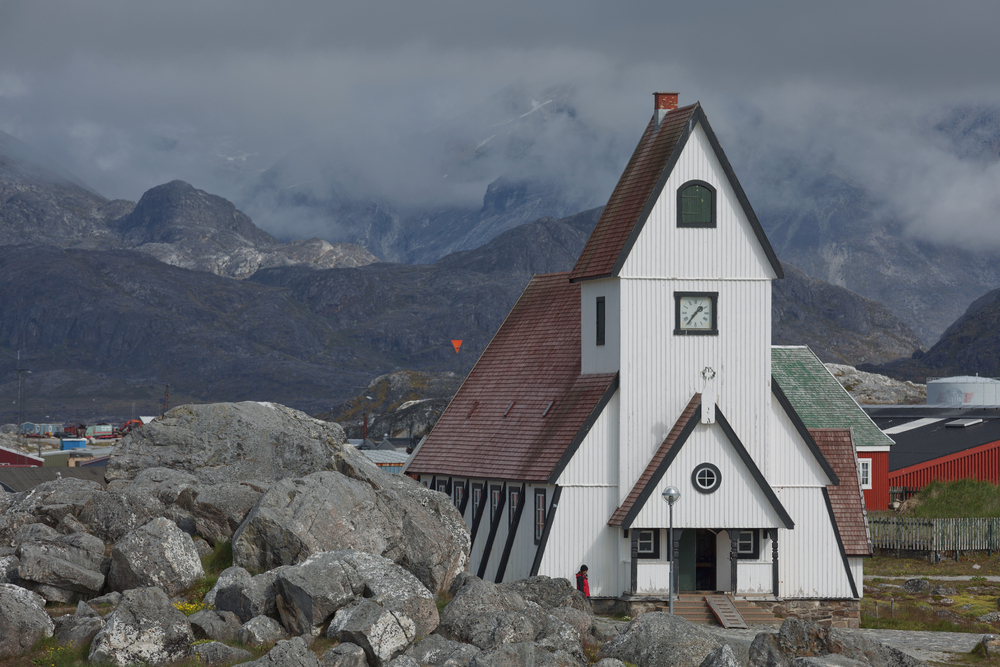
Near the ruins of Erik the Red’s settlement, this village combines ancient Norse
history with modern sheep farming. The community successfully combines traditional
farming methods with innovative techniques adapted to Arctic conditions.
Local guides share fascinating stories about the area’s unique Norse and Inuit heritage.
Like Travel Pug’s content? Follow us on MSN.
Oqaatsut, Disko Bay Region
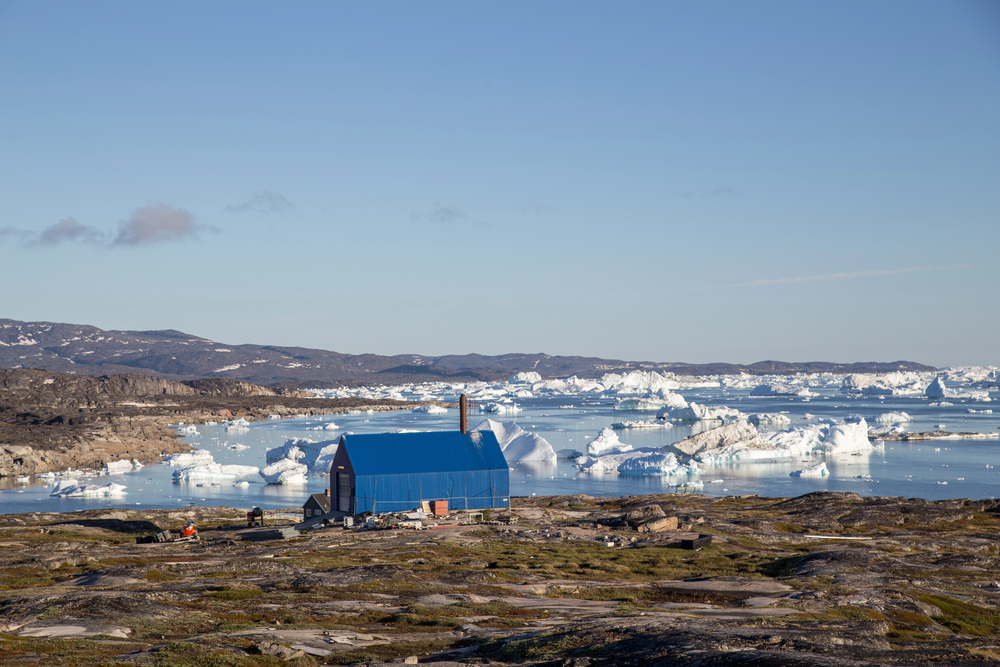
Originally established as a trading post, this settlement balances traditional hunting
with emerging tourism opportunities. The village maintains traditional practices for
processing whale and seal products while developing sustainable tourism initiatives.
Local families continue to practice traditional food preservation methods passed
down through generations.
Isortoq, East Coast
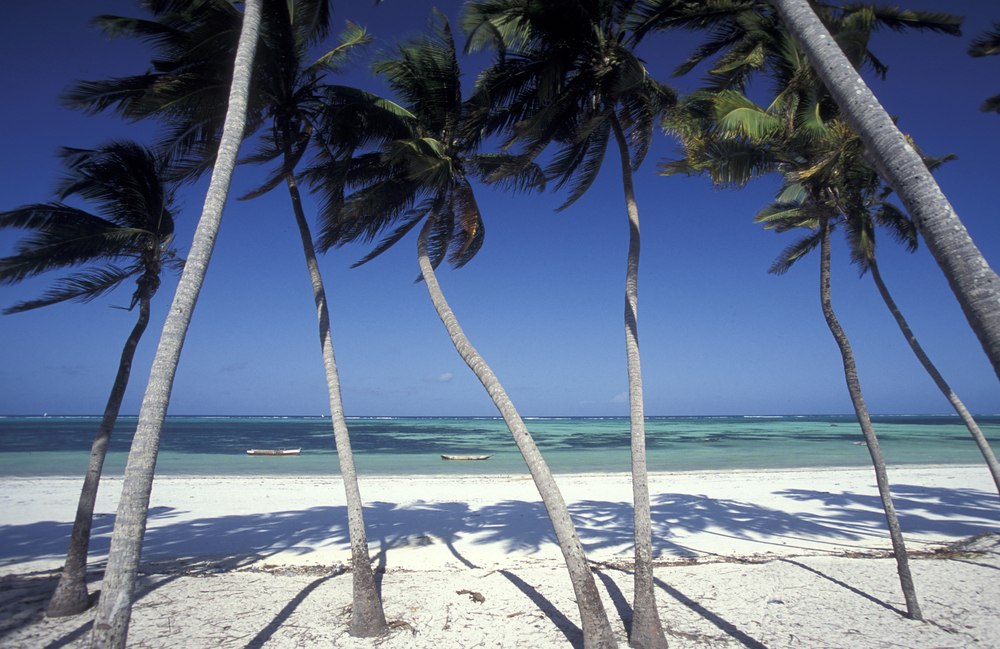
This settlement, placed where the ice sheet melts into the sea, holds unique insights
into the effects of climate change. Community members adapt traditional hunting
patterns to changing wildlife migration routes while maintaining cultural practices.
Local knowledge about ice conditions proves invaluable for both survival and
scientific research.
Tiniteqilaaq, Sermilik Fjord

Surrounded by some of Greenland’s most active glaciers, this village provides a
front-row seat to dramatic environmental changes. The settlement’s hunters combine
traditional knowledge with modern technology to navigate increasingly unpredictable
ice conditions.
Community members preserve ancient stories about the fjord’s spiritual significance while embracing adaptations to modern challenges.
Like Travel Pug’s content? Follow us on MSN.
Your Arctic Adventure Awaits in Greenland
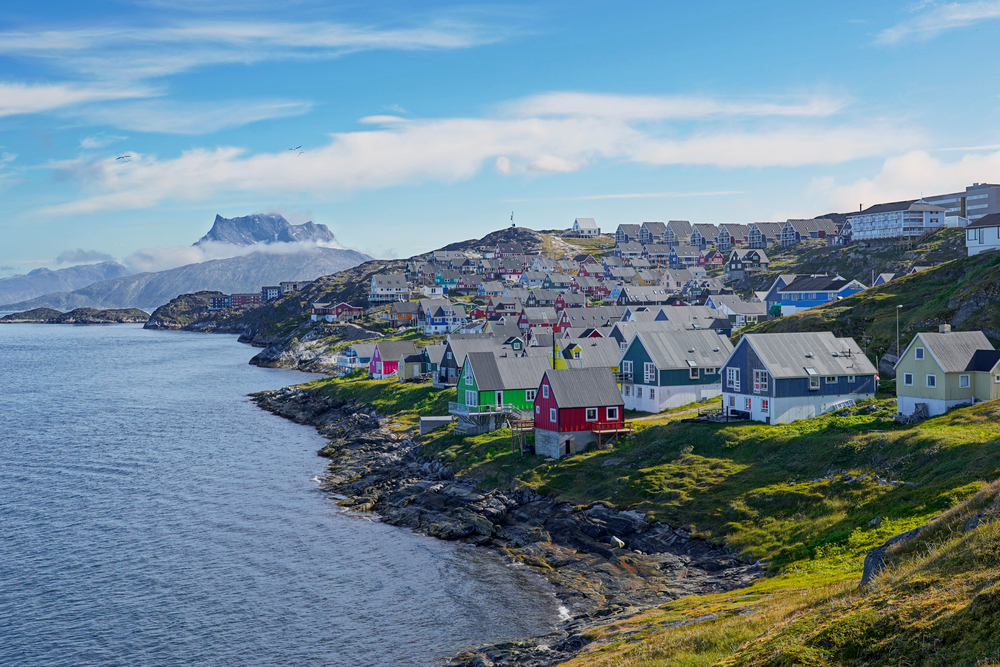
Beyond a place to visit, these out-of-the-way villages and communities embody the
resilient spirit of the people of Greenland and their remarkable ability to flourish in
one of Earth’s most difficult environments. Each provides an opportunity for authentic
cultural experiences and unforgettable Arctic adventures within the delicate balance
between preserving traditional life and adapting to a changing world.
As you plan your journey to these remarkable communities, remember that you are
not visiting places on a map but stepping into living histories where ancient traditions
meet modern challenges in the heart of the Arctic.
More from Travel Pug

- 15 Dangerous European Cities to Avoid
- 15 Caribbean Islands Where Tourists Keep Getting Scammed
- The 20 Most Fascinating Abandoned Places: A Journey Through Time and Forgotten Spaces
- 15 Hidden Places in the Smithsonian Museums Locals Love: A Guide to Lesser-Known Treasures
- 16 Hidden Florida Beach Towns That Aren’t Overrun with Tourists
Like Travel Pug’s content? Follow us on MSN.
